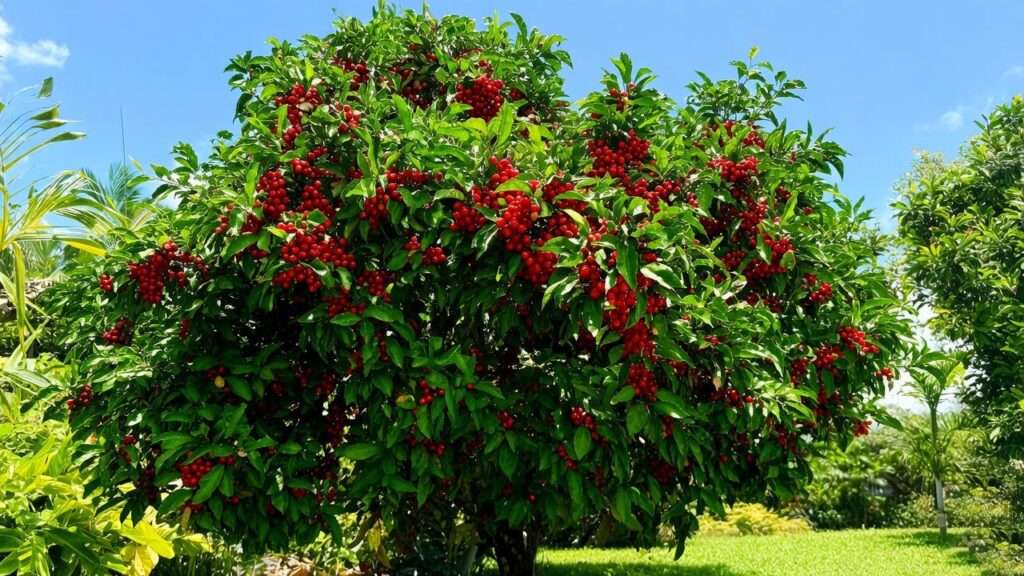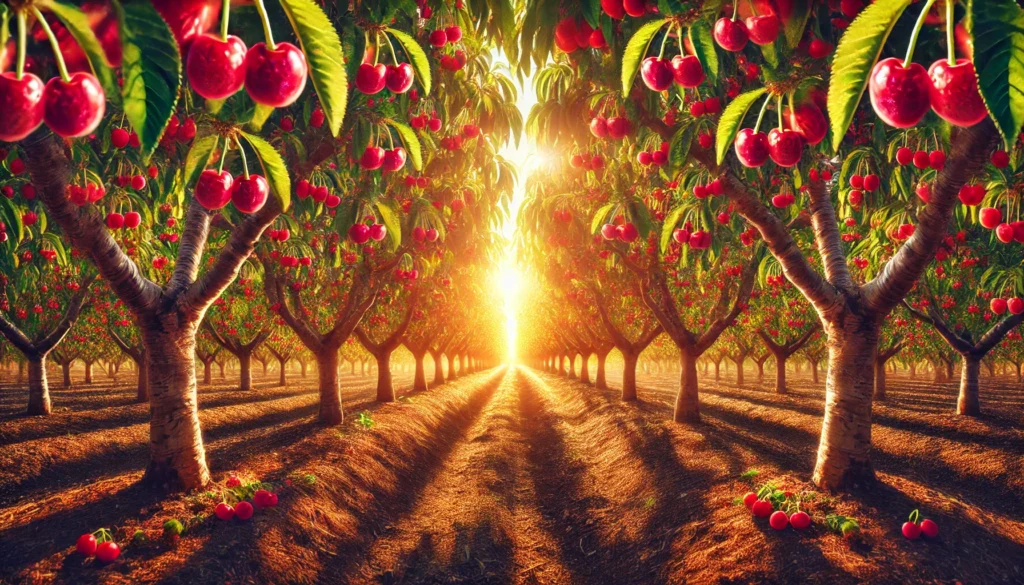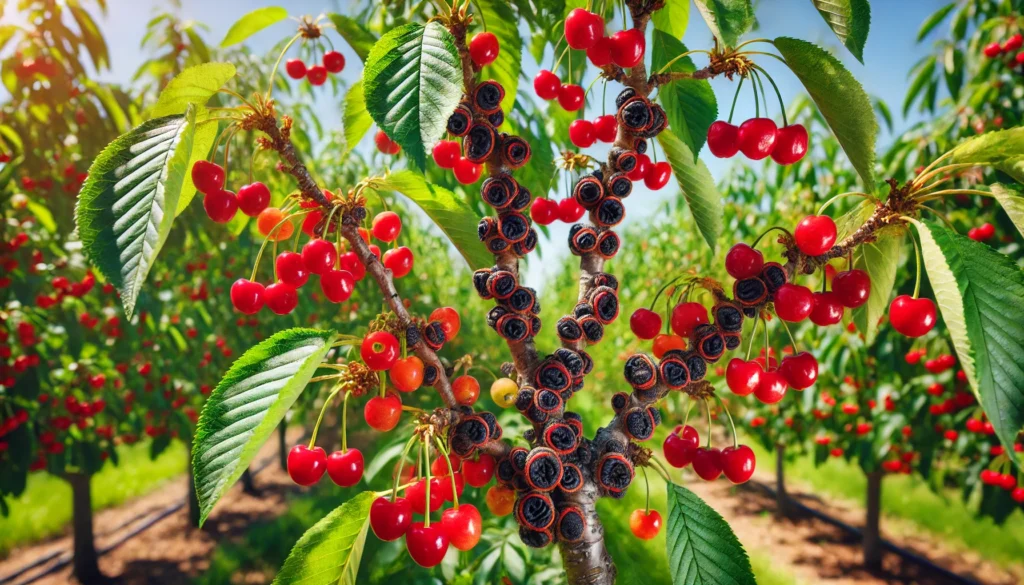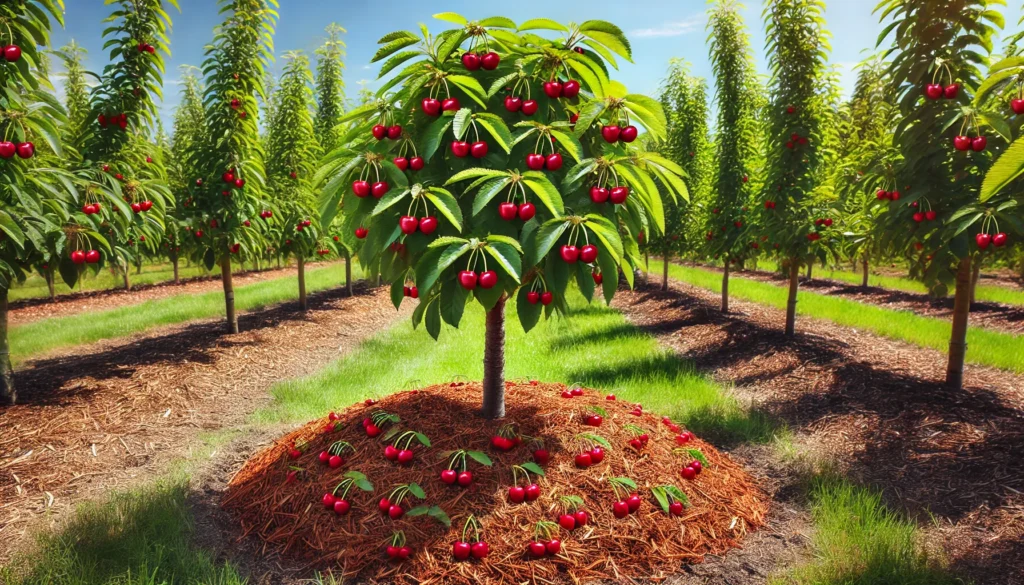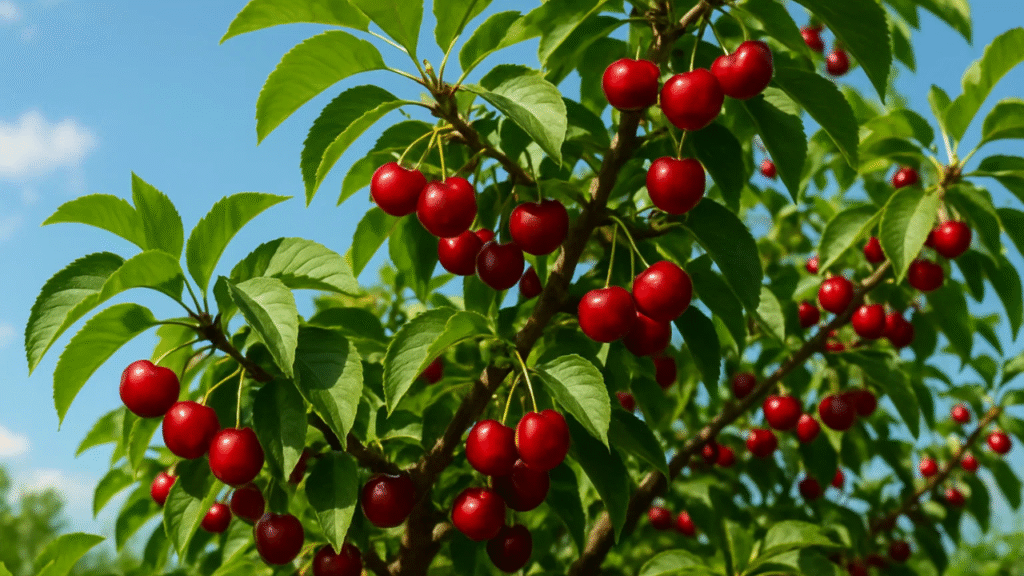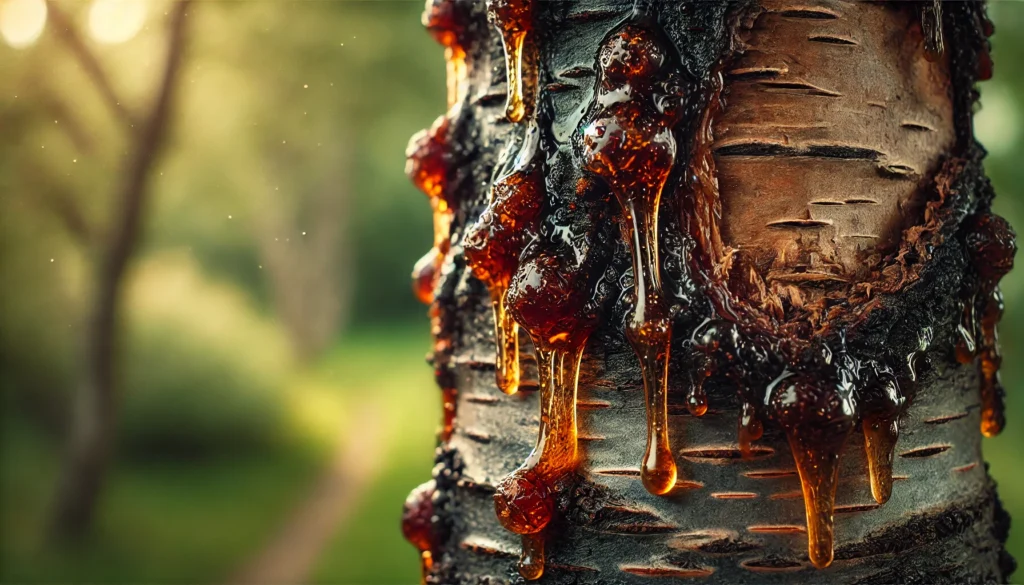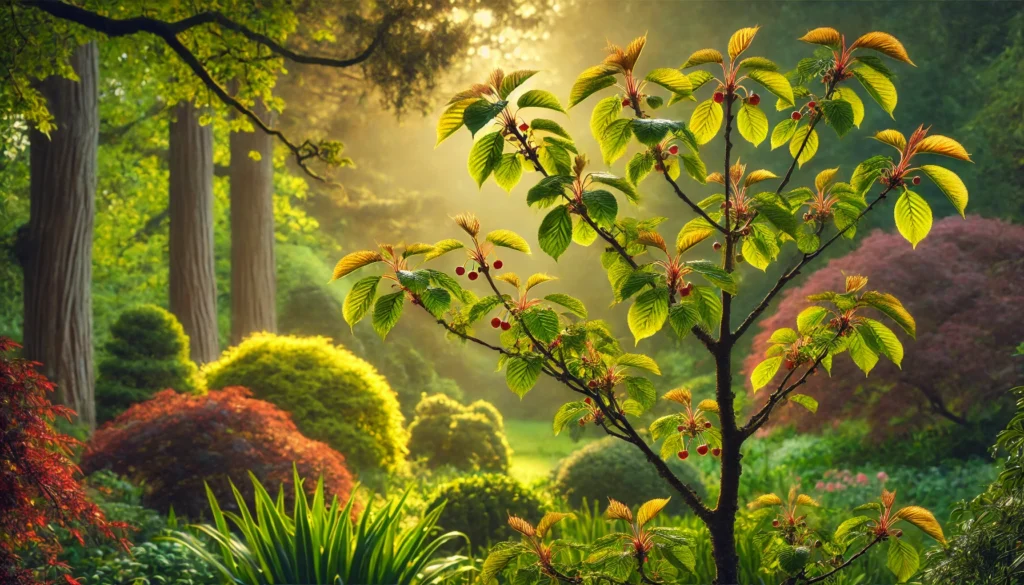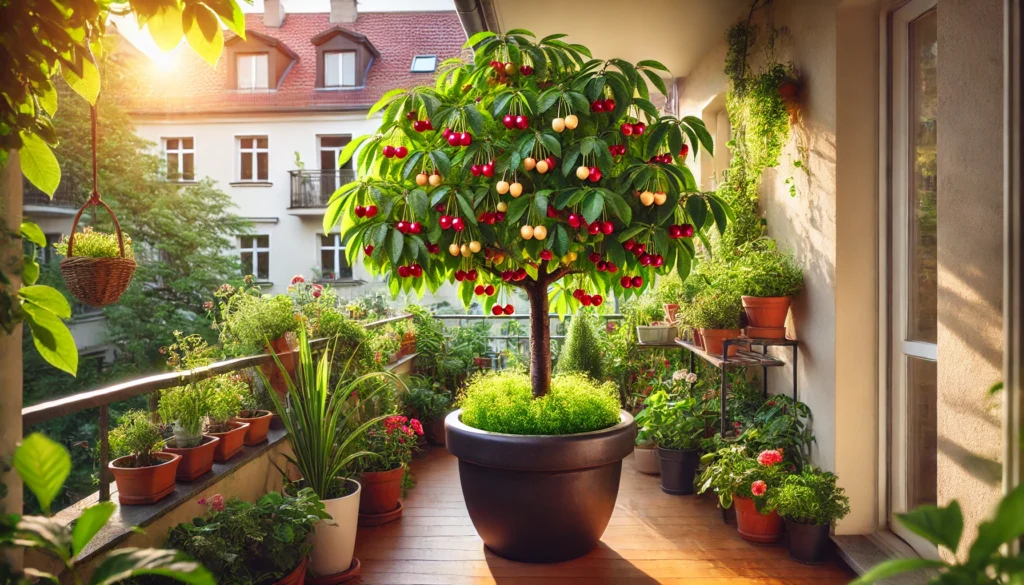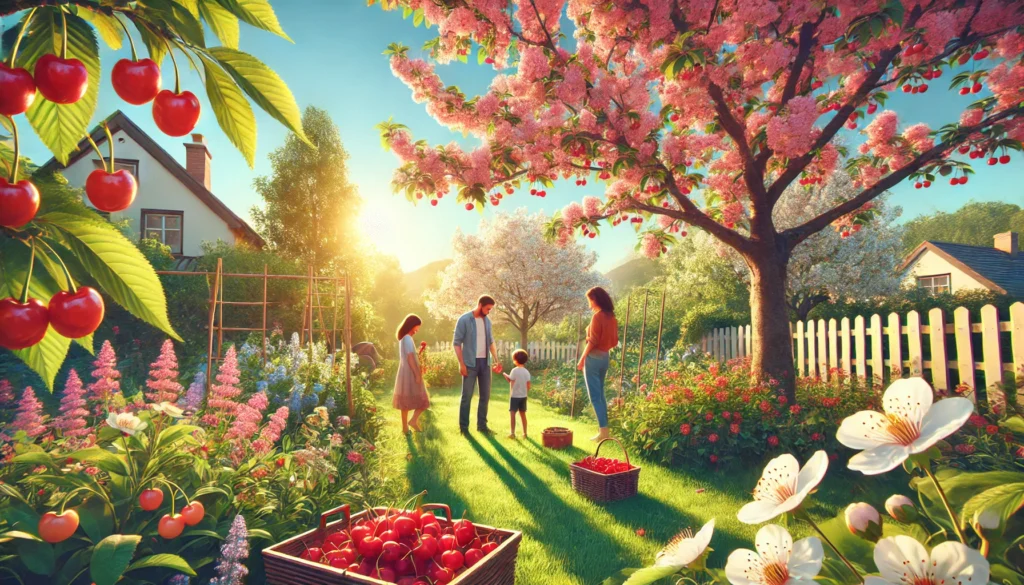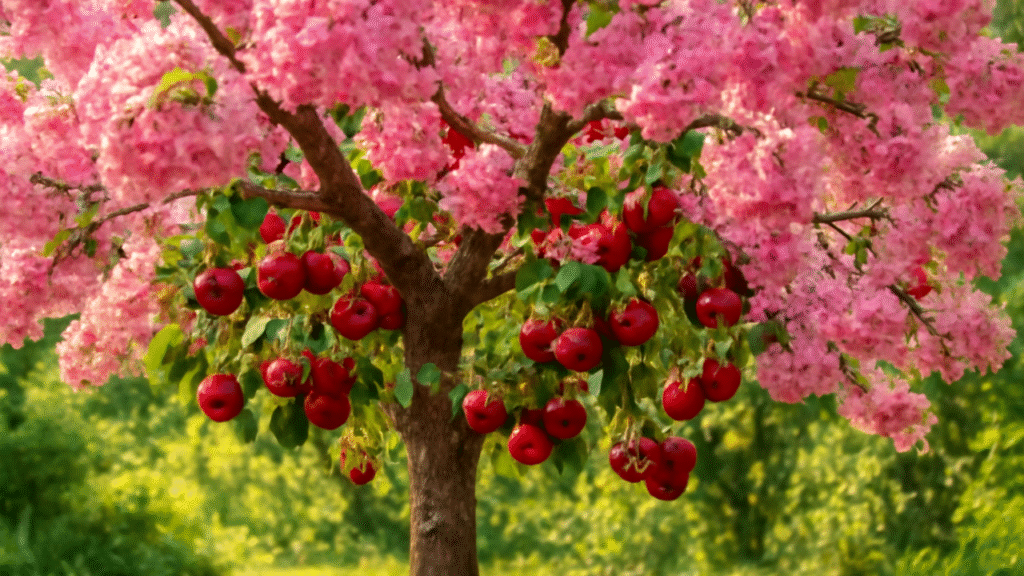Imagine plucking vibrant, vitamin C-packed cherries from your own backyard, transforming your garden into a tropical paradise! The Barbados Acerola cherry tree (Malpighia emarginata) is your ticket to growing a low-maintenance, nutrient-rich fruit tree that’s as beautiful as it is bountiful. Whether you’re a novice gardener or a seasoned horticulturist, this superfood-producing tree offers a rewarding blend of health benefits, aesthetic appeal, and eco-friendly gardening. In this comprehensive guide, we’ll walk you through every step to successfully plant, care for, and harvest your acerola cherries, ensuring a thriving tree that elevates your garden and lifestyle. From soil prep to pest control, we’ve got you covered with expert-backed advice to make your acerola journey a success! 🌞
1. Understanding the Barbados Acerola Cherry Tree 🌿
1.1 What Is a Barbados Acerola Cherry Tree?
The Barbados Acerola cherry tree, scientifically known as Malpighia emarginata, is a small evergreen shrub or tree native to the Caribbean, Central, and South America. Renowned for its bright red or slightly purple cherries, this tropical gem grows 8-20 feet tall, making it ideal for small gardens or container planting. Its glossy green leaves and delicate white-pink flowers add ornamental charm, while its fruit is a nutritional powerhouse, boasting up to 4,000 mg of vitamin C per 100 grams—far surpassing oranges! This fast-growing tree thrives in warm climates and can produce fruit year-round in frost-free regions, making it a favorite among home gardeners.
1.2 Why Grow a Barbados Acerola Cherry Tree?
Why choose an acerola tree for your backyard? First, its cherries are a superfood, packed with antioxidants, vitamin A, and B-complex vitamins, perfect for smoothies, jams, or fresh snacking. Beyond health, the tree’s lush foliage and vibrant fruit enhance your garden’s beauty, creating a tropical vibe. It’s also eco-friendly, attracting pollinators like bees and butterflies 🐝, which support local biodiversity. Economically, growing your own acerola cherries saves money on store-bought fruit or supplements. Plus, its compact size and adaptability make it accessible for gardeners of all skill levels, from urban patios to sprawling yards.
2. Preparing to Plant Your Acerola Cherry Tree 🌱
2.1 Choosing the Right Location
To ensure your Barbados Acerola cherry tree thrives, location is key. This tropical tree flourishes in USDA hardiness zones 9-11 or frost-free climates, loving warm temperatures and humidity. It demands full sun—6 to 8 hours daily—to maximize fruit production ☀️. Choose a spot sheltered from strong winds, as acerola trees have shallow roots that can be damaged. For small spaces, consider planting in a container, which allows mobility if frost threatens. Ensure the location has enough room for the tree’s mature size (up to 20 feet tall for standard varieties, or 8-10 feet for dwarfs).
2.2 Soil Requirements
Acerola cherries prefer well-draining, loamy soil with a pH of 5.5 to 7.5. Test your soil using a pH kit (available at garden centers) to confirm suitability. If your soil is too clay-heavy or sandy, amend it with organic matter like compost, peat moss, or aged manure to boost fertility and drainage. Good drainage is critical—standing water can lead to root rot, a common issue for acerola trees. For a professional touch, mix in perlite or vermiculite to enhance aeration, ensuring roots get ample oxygen. Expert Tip: Retest soil pH annually to maintain optimal conditions.
2.3 Selecting the Best Tree
Purchase your acerola tree from reputable nurseries or online suppliers like FastGrowingTrees.com or local botanical gardens. Look for saplings with vibrant green leaves, sturdy stems, and no signs of pests or disease (e.g., wilting or spots). Choose between standard varieties for larger spaces or dwarf cultivars like ‘Florida Sweet’ for patios or containers. Younger trees (1-2 years old) often establish faster than older ones. Expert Insight: Ask suppliers about the tree’s rootstock, as grafted trees may offer better disease resistance and fruit quality.
3. Planting Your Barbados Acerola Cherry Tree 🌍
3.1 Best Time to Plant
Timing is crucial for a successful start. In most regions, plant in spring or early summer when temperatures are consistently warm, allowing roots to establish before cooler weather. In tropical climates, year-round planting is viable, provided you maintain consistent watering and avoid extreme dry spells. Avoid planting during heavy rain seasons, as waterlogged soil can stress young trees. Check local weather patterns to pinpoint the ideal window.
3.2 Step-by-Step Planting Guide
- Dig the Hole: Create a hole twice as wide and as deep as the root ball (typically 12-18 inches for young trees).
- Prepare the Soil: Mix extracted soil with compost (50:50 ratio) to enrich it.
- Plant the Tree: Place the tree in the hole, ensuring the root collar (where roots meet trunk) is level with the soil surface. Spread roots gently to encourage outward growth.
- Backfill and Water: Fill the hole with soil, tamping lightly to remove air pockets. Water deeply (1-2 gallons) to settle the roots.
- Mulch: Apply 2-3 inches of organic mulch (e.g., bark or straw) around the base, keeping it 2 inches from the trunk to prevent rot.
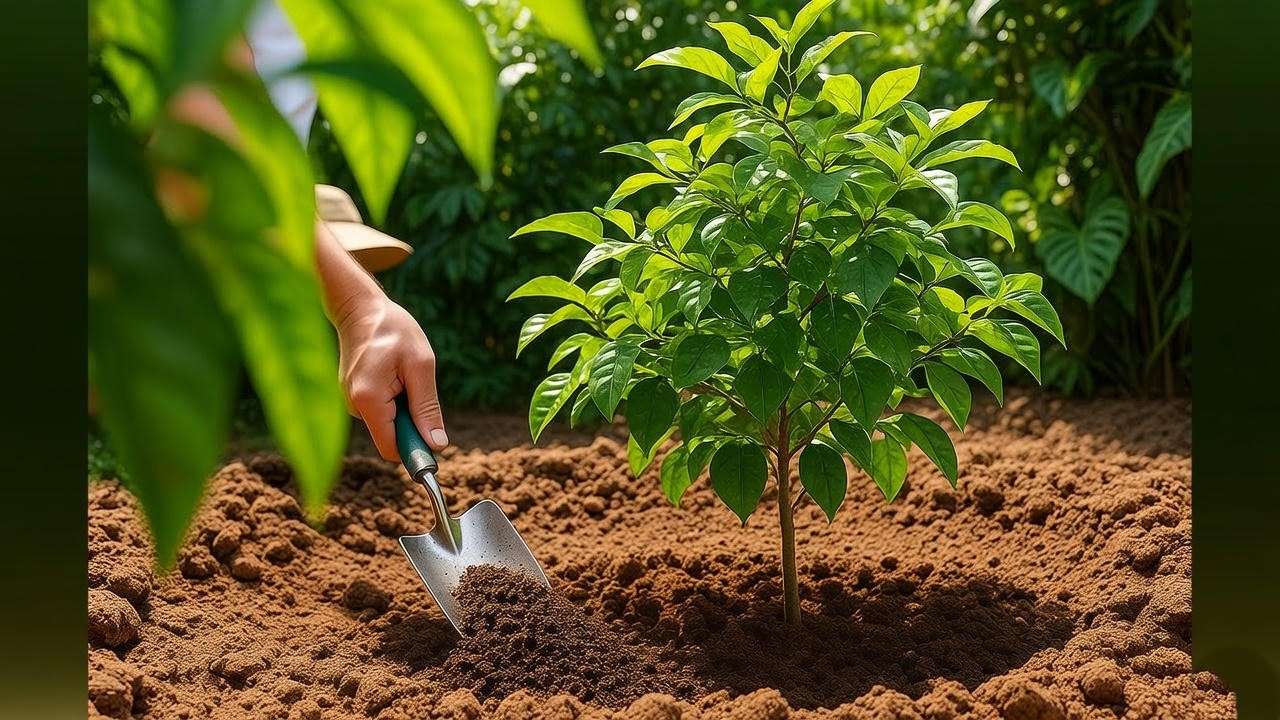
3.3 Container Planting for Small Spaces
For urban gardeners or small yards, growing acerola in containers is a game-changer. Choose a pot with a 15-20 gallon capacity and drainage holes to prevent waterlogging. Use a potting mix of 40% compost, 30% sand, and 30% perlite for optimal drainage and fertility. Place the pot in a sunny spot and rotate it quarterly to ensure even light exposure. Repot every 2-3 years to refresh soil and prevent root-binding. Expert Tip: Elevate pots on bricks to improve drainage and airflow.
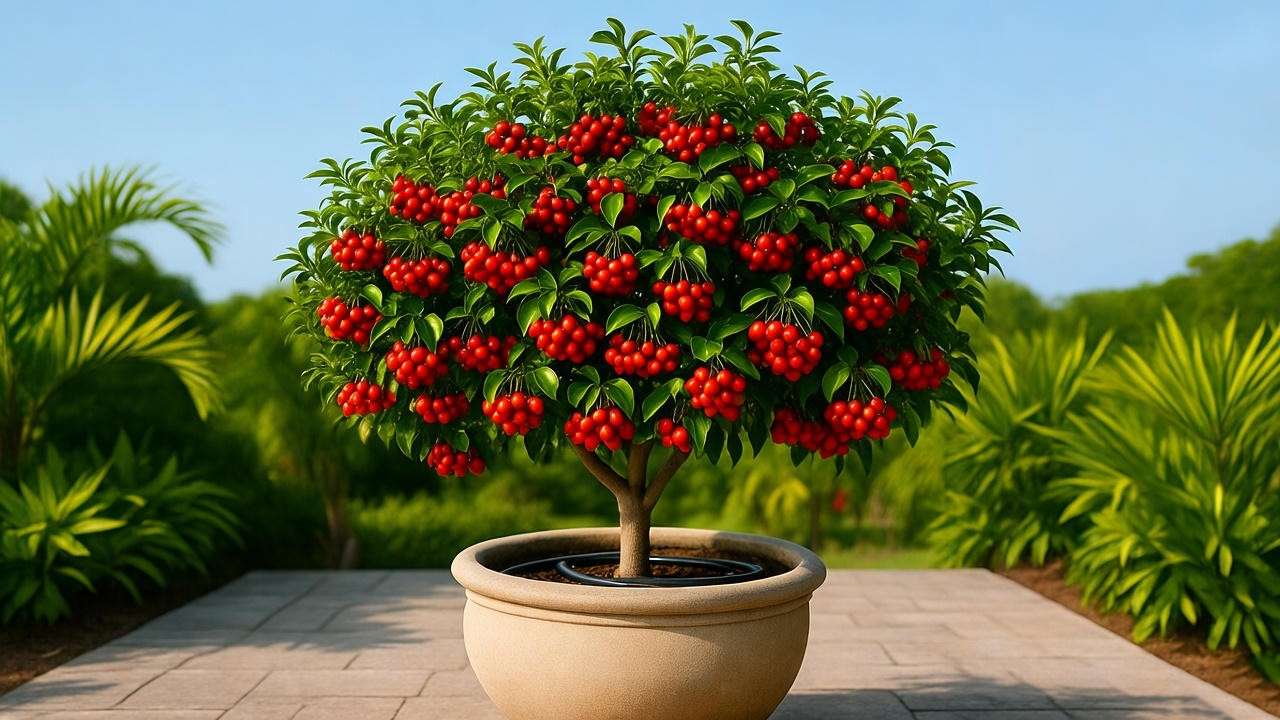
4. Caring for Your Barbados Acerola Cherry Tree 🌼
4.1 Watering Needs
Young acerola trees need regular watering—1-2 times weekly—during their first year to establish strong roots. Mature trees are more drought-tolerant but still require about 1 inch of water per week in dry conditions. Use a soaker hose or drip irrigation for consistent moisture, avoiding overhead watering to prevent fungal issues. Watch for signs of overwatering (yellowing leaves, soggy soil) or underwatering (drooping leaves, dry soil). Expert Insight: In hot climates, install a drip system to maintain steady moisture without waste.
4.2 Fertilizing for Optimal Growth
Feed your acerola tree with a balanced fertilizer (10-10-10 NPK) or a citrus-specific blend every 6-8 weeks during the growing season (spring to fall). Apply according to package instructions, typically 1-2 pounds for young trees, increasing as they mature. Organic options like compost tea or fish emulsion are excellent for eco-conscious gardeners 🌿. Avoid over-fertilizing, which can lead to excessive leaf growth at the expense of fruit. Expert Tip: Apply fertilizer in a ring around the drip line (outer edge of the canopy) for best root absorption.
4.3 Pruning and Shaping
Prune your acerola tree in late winter or early spring before new growth begins. Remove dead or damaged branches, thin crowded areas to improve airflow, and shape the tree to maintain a manageable size. Use clean, sharp pruning shears to make clean cuts at a 45-degree angle. Regular pruning boosts fruit production and prevents disease by reducing moisture buildup. For dwarf varieties, focus on maintaining a compact shape. Expert Insight: Sterilize pruning tools with rubbing alcohol to prevent disease spread.
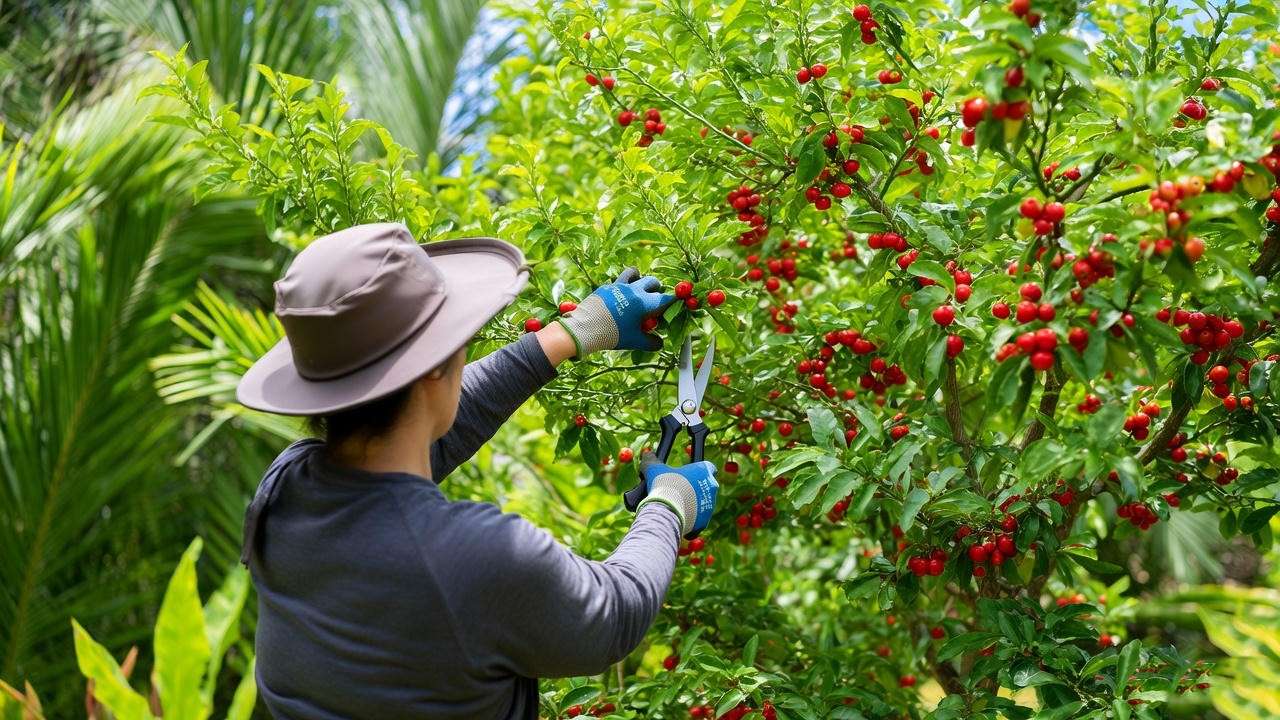
4.4 Pest and Disease Management
Acerola trees are relatively hardy but can face pests like aphids, scale insects, and fruit flies 🐜. Inspect leaves and fruit regularly for signs of infestation (sticky residue, curled leaves). Use organic solutions like neem oil or insecticidal soap, applied in the early morning or late evening. Common diseases include root rot (from poor drainage), powdery mildew, and leaf spot. Improve soil drainage and avoid overhead watering to prevent these. Expert Tip: Introduce ladybugs or lacewings to naturally control aphid populations.
5. Harvesting and Using Acerola Cherries 🍒
5.1 When and How to Harvest
Acerola cherries are ready to harvest when they turn bright red or slightly purple and feel slightly soft to the touch. Depending on your climate, you may enjoy multiple harvests per year, especially in tropical regions. Gently twist cherries off the stem or use pruning shears to avoid damaging branches. Harvest in the morning when temperatures are cooler to preserve flavor. Expert Insight: Pick cherries slightly underripe if you plan to store them, as they continue to ripen off the tree.
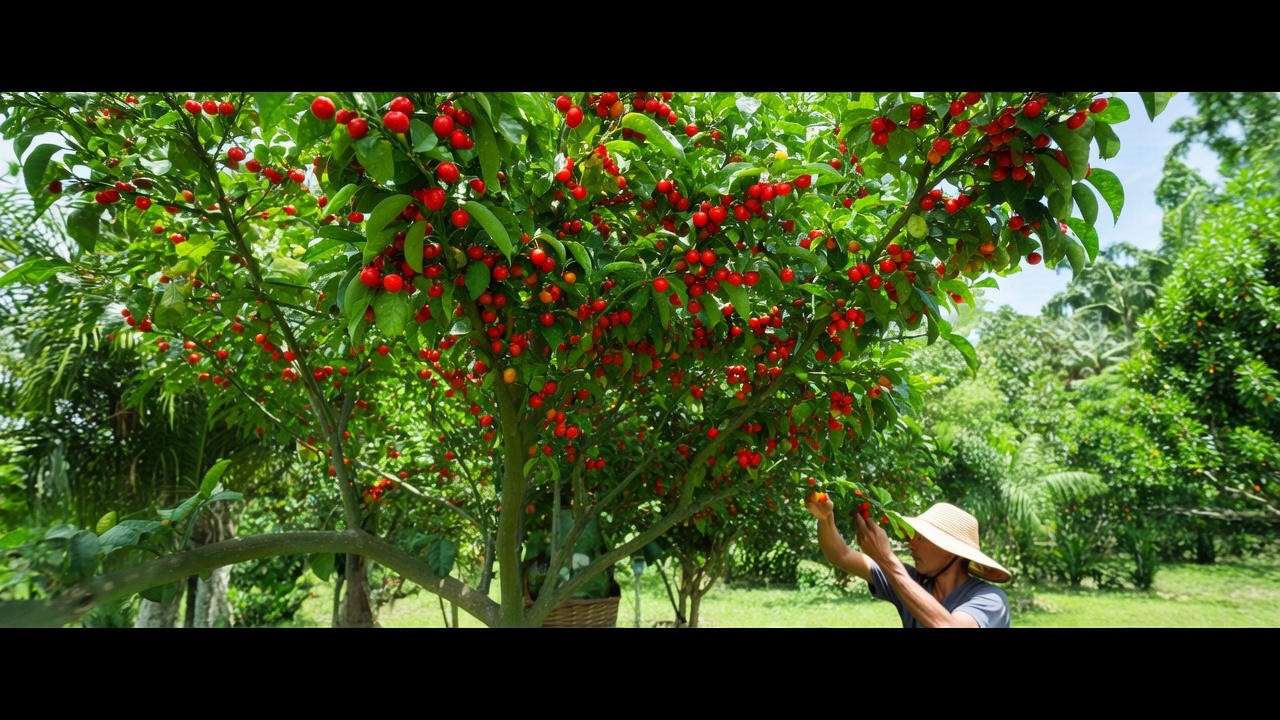
5.2 Storing and Preserving Cherries
Fresh acerola cherries last up to 2 weeks in the refrigerator (store in a breathable container). For longer preservation, freeze whole cherries in airtight bags or dry them for homemade vitamin C powder. You can also make jams, jellies, or juices to enjoy year-round. Recipe Idea: Blend 1 cup of fresh acerola cherries with a banana, orange juice, and yogurt for a vitamin-packed smoothie 🥤. Label and date preserved products to track freshness.
5.3 Creative Uses for Acerola Cherries
Acerola cherries shine in culinary creations. Use them in desserts like tarts or sorbets, savory sauces for meats, or refreshing beverages. For health enthusiasts, dry cherries and grind them into a powder for a natural vitamin C supplement. In the garden, fallen cherries attract birds and wildlife, enhancing biodiversity 🐦. Expert Tip: Experiment with acerola in tropical salsa recipes for a tangy twist.
6. Troubleshooting Common Issues ⚠️
6.1 Why Isn’t My Tree Fruiting?
If your Barbados Acerola cherry tree isn’t producing fruit, several factors could be at play. Insufficient sunlight (less than 6 hours daily) often limits flowering and fruit set. Relocate potted trees to sunnier spots or trim nearby plants blocking light. Poor pollination is another culprit, especially in areas with few pollinators. Hand-pollinate by gently brushing a soft paintbrush across flowers to transfer pollen. Nutrient deficiencies, particularly low phosphorus or potassium, can also reduce fruiting. Apply a balanced fertilizer (10-10-10) or one high in phosphorus (e.g., 5-10-10) during the growing season. Expert Insight: If fruiting remains sparse, test soil for micronutrient deficiencies like zinc or magnesium, which acerola trees need for optimal production.
6.2 Addressing Leaf Drop or Yellowing
Leaf drop or yellowing leaves signal stress in your acerola tree. Overwatering is a common cause, leading to soggy soil and root rot. Ensure proper drainage by amending soil with sand or perlite and reducing watering frequency to once weekly for mature trees. Underwatering, marked by dry, drooping leaves, requires consistent moisture—check soil 2 inches deep; water if dry. Pests like aphids or spider mites can also cause yellowing; inspect undersides of leaves and treat with neem oil. Expert Tip: If yellowing persists, check for compacted soil, which restricts root oxygen—aerate gently with a garden fork.
6.3 Surviving Cold Snaps
While acerola trees thrive in warm climates, unexpected cold snaps in marginal zones (USDA 9 or cooler) can cause damage. Protect trees by covering them with frost cloths or burlap during freezes, securing the cover to the ground to trap heat. For potted trees, move them indoors or to a sheltered area like a garage. Apply a thick layer (4-6 inches) of organic mulch around the base to insulate roots. Expert Insight: Monitor weather apps for frost warnings and act proactively—covering trees before dusk retains more heat. After a cold snap, prune any frost-damaged branches to encourage healthy regrowth.
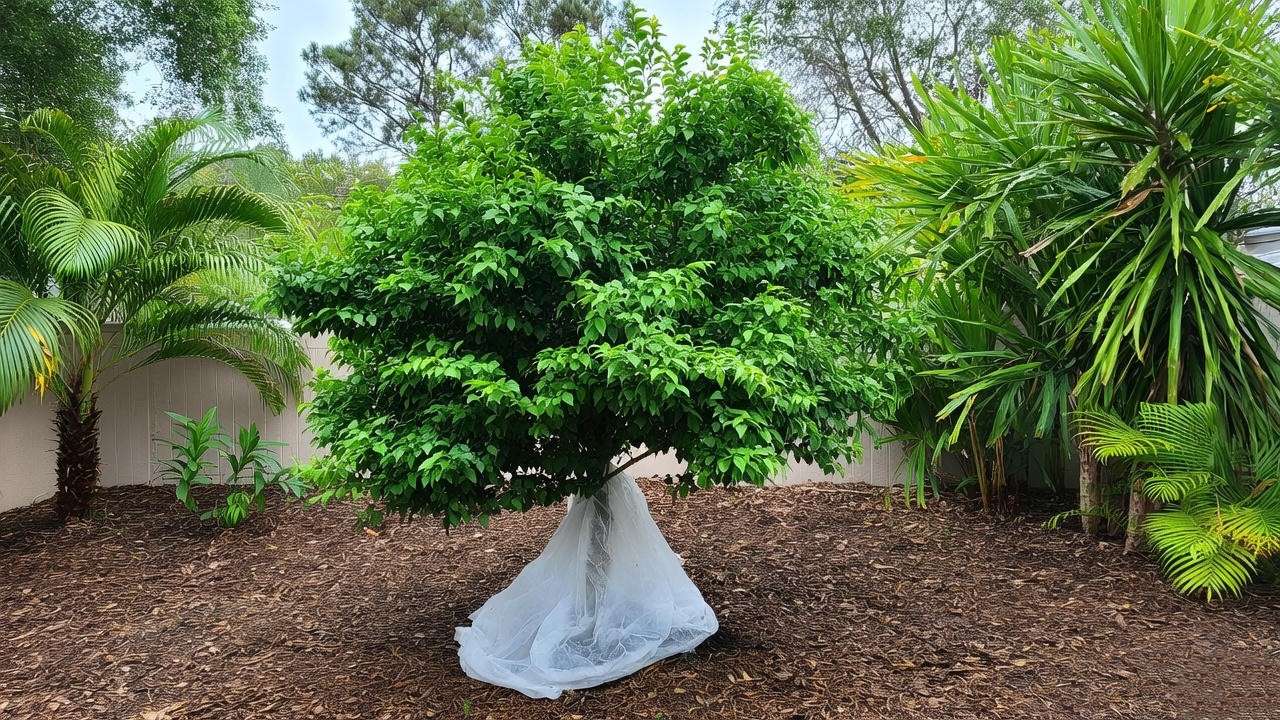
7. Advanced Tips for Expert Gardeners 🌟
For seasoned gardeners, elevating your acerola tree’s performance involves strategic techniques. Companion planting pairs acerola with pest-repelling plants like marigolds or basil, which deter aphids and whiteflies naturally. Grafting can enhance your tree’s productivity—combine a dwarf cultivar with a standard rootstock for disease resistance and compact growth. Soil microbiology is key; incorporate mycorrhizal fungi into the soil to boost root nutrient uptake, available at specialty garden stores. Case Study: A Florida gardener transformed a small suburban yard into a thriving acerola orchard by using raised beds, drip irrigation, and companion planting, harvesting 20 pounds of cherries annually within three years.
8. Environmental and Community Impact 🌎
Growing a Barbados Acerola cherry tree isn’t just about personal gain—it benefits your ecosystem and community. These trees attract pollinators like bees and butterflies, supporting local biodiversity and aiding nearby plants’ pollination. Their low water needs (once established) make them a sustainable choice for water-conscious gardeners. In communities, acerola cherries foster connection—share surplus fruit with neighbors or donate to local food banks. Expert Insight: Organize a neighborhood “acerola swap” to exchange fruit, recipes, and gardening tips, building a sense of community while promoting sustainable living.
9. FAQs About Growing Barbados Acerola Cherry Trees ❓
Q: How fast does an acerola cherry tree grow?
A: Acerola trees are fast-growing, reaching 6-10 feet within 2-3 years under optimal conditions. Dwarf varieties grow more slowly but fruit earlier.
Q: Can I grow it indoors year-round?
A: Yes, dwarf acerola trees can thrive indoors in pots with ample sunlight (e.g., near a south-facing window) and proper care. Use grow lights if natural light is limited.
Q: What’s the best way to propagate an acerola tree?
A: Propagation is most successful via cuttings or air layering. Take 6-inch semi-hardwood cuttings in spring, treat with rooting hormone, and plant in a moist, well-draining mix.
Q: Are acerola cherries safe for pets?
A: The fruit is non-toxic to pets, but avoid letting pets chew leaves or stems, which may cause mild digestive upset. Consult a vet if concerned.
Q: How do I know if my soil is suitable?
A: Test soil pH (ideal: 5.5-7.5) and ensure good drainage. If water pools after rain, amend with compost and sand to improve structure.
10. Conclusion
Growing a Barbados Acerola cherry tree is a rewarding journey that blends health, beauty, and sustainability. With its vitamin-packed fruit, lush foliage, and eco-friendly benefits, this tropical tree transforms any backyard into a productive paradise. By following this guide—covering planting, care, harvesting, and troubleshooting—you’re equipped to cultivate a thriving acerola tree, whether you’re a beginner or an expert gardener. Start today, and soon you’ll be savoring homegrown cherries while enhancing your garden’s ecosystem! Share your acerola growing tips in the comments or join our plant care community to connect with fellow enthusiasts 🌱. Expert Insight: Your acerola tree is more than a plant—it’s an investment in your health, your garden, and a greener future.

